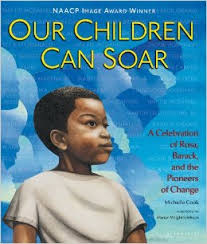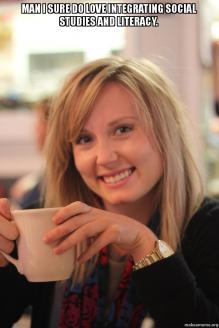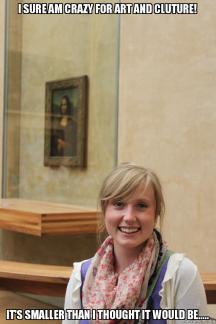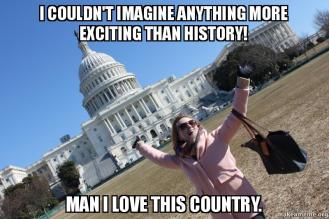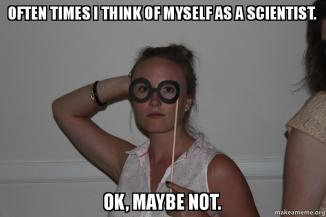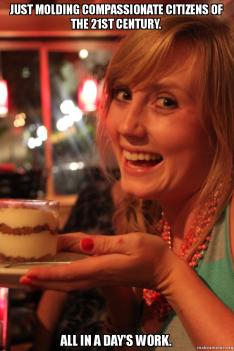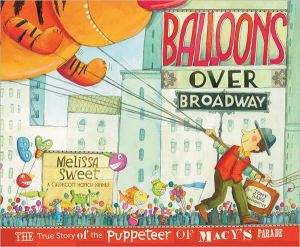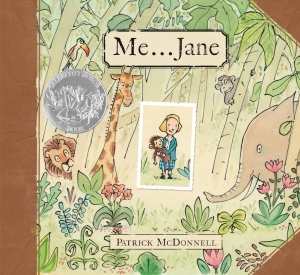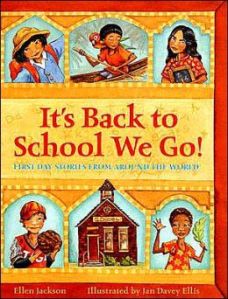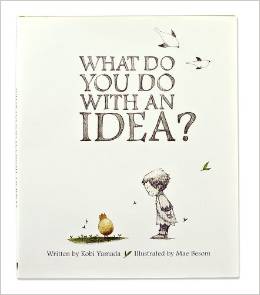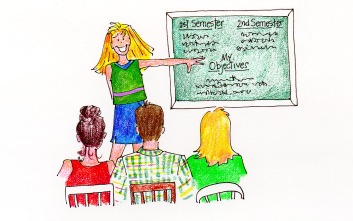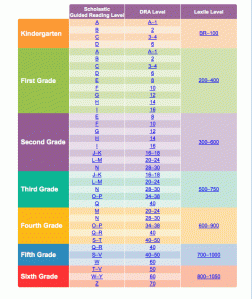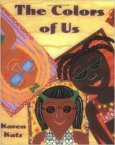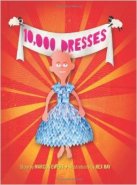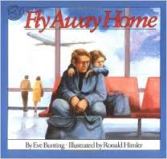I’ve still been reflecting on my time at the Paideia Conference. It has made me think a lot about my teaching and how I am engaging my students in our curriculum. Most recently I’ve been thinking about our writing curriculum and what we are writing throughout the year. Let me start by saying that writing is not my favorite subject to teach, so it’s sort of ironic that I am on this writing kick.
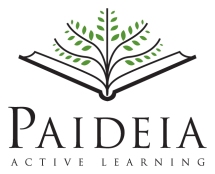
In second grade, the basic run down of our year in writing is realistic story writing, small moment narrative writing, paragraph research papers, and opinion reviews…. So then I am faced with the task of making this authentic, engaging, and connected to the rest of our curriculum with an audience to share our writing with.
Starting off, from one of my Paideia sessions, we looked at entire list of writing tasks with potential audiences. Some ideas include but are not limited to diary entries, newspaper articles, brochures, classified ads, obituaries, memoirs, petitions, constitutions and declarations, speeches and there were about a zillion more. Then we can also add in digital literacy with tweets, emails, and blog posts. After you write these things, it is also important for kids to have someone to share this with that has actual experience with this kind of writing or someone who could use the information from the children’s writing. Audiences could include local government, journalists, historians, museum curators or docents, store owners, park rangers, scientists, obviously this list could continue for forever.
This has all gotten me thinking about how limited our writing instruction really is in the classroom and how we only share it with our parents at conferences or hang it in the hall for other kids to read as they walk by. Quite frankly, I couldn’t tell you the last time I wrote a story, yet fifty percent of the school year we work on story writing. Not that this writing isn’t valuable, but we place so much value on it that we are ignoring a lot of real writing that is all around us.
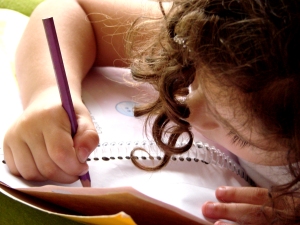
So now that there is all of this floating out there…I have to start small and apply it when and where I can. Here are a few suggestions that myself and a coworker have already come up with:
Next quarter we do a whole unit on research, time lines, and historical figures. Instead of the same old three paragraph report that we have always done, we want to do something different. Maybe the kids will write obituaries for their historical figures or diary entries pretending to be those people. Then we could share our writing with historians from the NC History Museum and local librarians.
In the spring, we learn about insect life cycles and visit a local nature park. At the park the kids get to hunt for insects, wade in the ponds, and collect insects. Afterwards the kids always research insects and write reports. Instead, what if the children create brochures about local insects that we found at the nature park and we actually copy them and place them at the nature park. How powerful would that be for the kids to take family members and friends to the park and have their writing be there as a resource?!?!
Making a change in the way we teach something is a process and a shift in the way we think. The classroom is always changing and it should continue to change to do what is best for kids. Reading and writing is powerful. It is how we communicate, learn about the world around us, and share our voice with the world. Please leave comments and suggestions with more ideas on authentic writing tasks or authentic audiences!
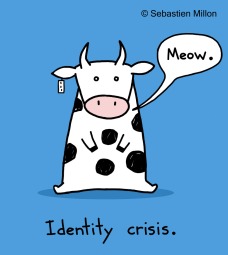 It’s so interesting to ask seven-year olds what they think of themselves. Sometimes they are spot on with the image they portray and other times they say something totally unexpected. Some kids are over-confident while others are really hard on themselves. It’s pretty much like a tiny adult talking 🙂
It’s so interesting to ask seven-year olds what they think of themselves. Sometimes they are spot on with the image they portray and other times they say something totally unexpected. Some kids are over-confident while others are really hard on themselves. It’s pretty much like a tiny adult talking 🙂
